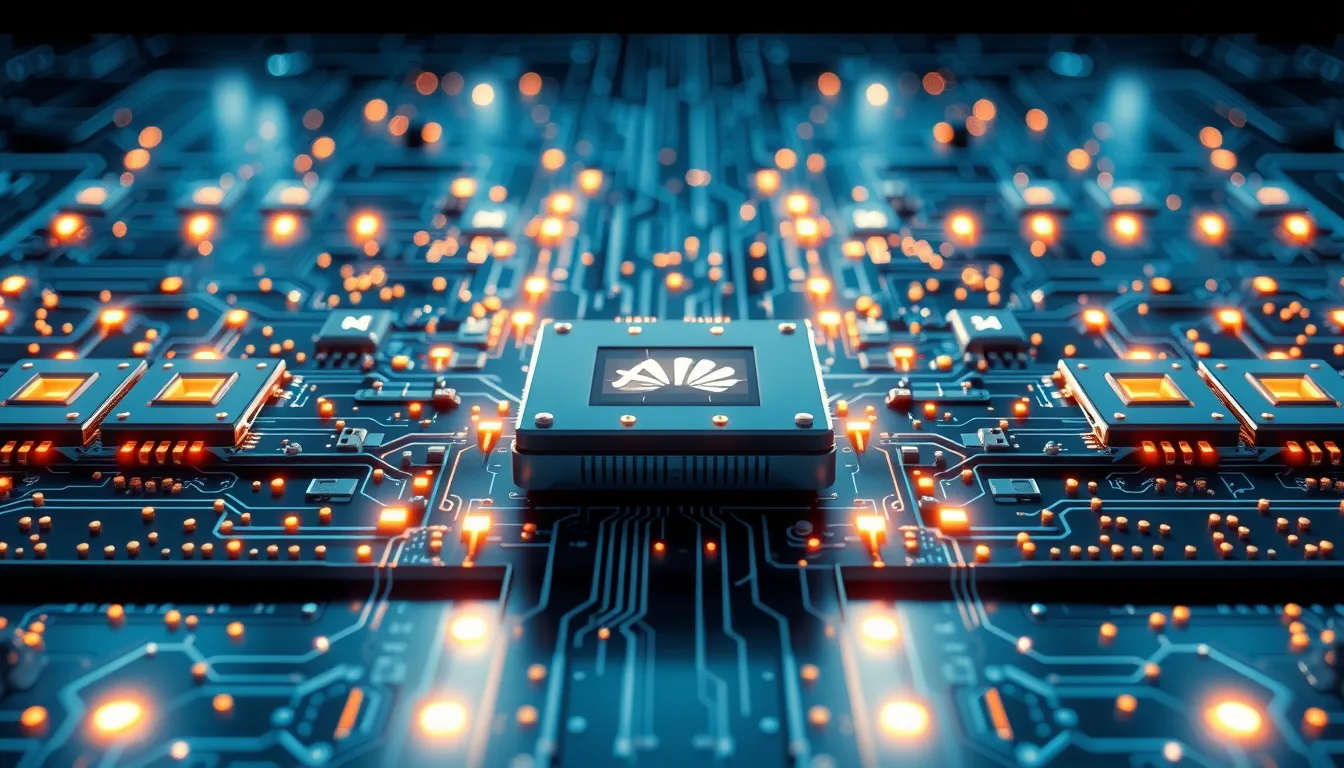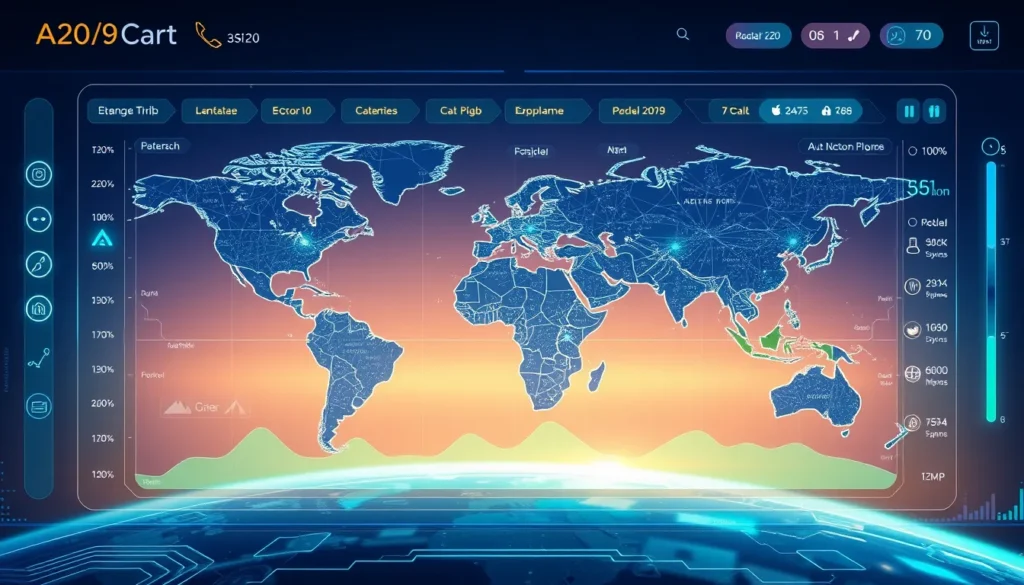Now Reading: Huawei AI Chips Superpod: Redefining Distributed AI Computing
-
01
Huawei AI Chips Superpod: Redefining Distributed AI Computing
Huawei AI Chips Superpod: Redefining Distributed AI Computing

Huawei AI Chips Superpod: Redefining Distributed AI Computing
In today’s rapidly evolving tech landscape, Huawei is at the forefront of innovation with its groundbreaking concept: the Huawei AI chips superpod. This revolutionary approach leverages thousands of specialized chips working together as a unified computing system. The integration of these chips not only enhances distributed AI computing but also paves the way for real-time analytics and scalable performance across a diverse range of applications.
The Evolution of AI Computing
The concept behind the Huawei AI chips superpod is centered on collective intelligence AI, where each chip functions similarly to a neuron in the human brain. Unlike traditional computing systems that rely on isolated processors, Huawei’s superpod synergy enables advanced interconnect technology, which ensures rapid communication among thousands of AI chips. This not only amplifies computing power but also significantly reduces latency, making it an optimal solution for data-intensive tasks.
Unpacking Huawei Superpod Architecture for AI
Huawei’s pioneering architecture, known as the Huawei superpod architecture for AI, presents a modular and scalable framework, ideal for a variety of industry applications. This design approach is supported by multi-chip AI systems and distributed computing in AI, which allow for the seamless operation of individual chips as part of a larger collective. The transition from isolated chip performance to a cohesive network has numerous advantages:
- Enhanced real-time analytics with distributed AI chips
- Drastic reduction in data processing time
- Increased energy efficiency through optimized workload distribution
- Scalability for applications ranging from autonomous vehicles to industrial automation
By adopting this design philosophy, Huawei sets a new benchmark in the realm of artificial intelligence, where hardware is both modular and effectively scalable. The Huawei AI chips superpod is not just an upgrade—it represents a paradigm shift in how computing power is harnessed and deployed.
Thousands of AI Chips Unified Computing
At the heart of this innovation is the concept of thousands of AI chips unified computing. In this system, individual chips collaborate as if they were a single powerful entity. This distributed approach to computing enables applications that require immense processing power. For example, in autonomous vehicles, the superpod’s capability to process multiple sensor inputs simultaneously can improve safety and decision-making in real time. Additionally, sectors such as healthcare diagnostics and smart manufacturing are positioned to benefit from the speed and reliability of such advanced architectures.
Advanced Interconnect Technology and Its Impact
A key component of the Huawei AI chips superpod is its reliance on advanced interconnect technology. This state-of-the-art communication backbone ensures that data flows seamlessly between each AI chip, boosting collective performance. While traditional systems often suffer from bottlenecks due to bandwidth limitations, Huawei’s innovative design overcomes these challenges. With this approach, distributed AI computing gains a level of efficiency that is essential for modern, data-intensive environments.
Future Implications and Industry Applications
The implications of Huawei’s strategy extend far beyond conventional computing. By adopting the Huawei AI chips superpod, industries are likely to witness significant improvements in operational efficiency and data processing speed. Here are a few potential applications and benefits:
- Autonomous Vehicles: Real-time processing of sensor data could lead to safer, more reliable navigation systems.
- Healthcare Diagnostics: Rapid analysis of medical images and patient data can speed up diagnosis and treatment.
- Smart Manufacturing: Enhanced distributed AI computing can drive automation and improve quality control processes.
- Data Centers: Improved energy efficiency and scalability can result in lower operational costs and higher throughput.
For those interested in learning more about Huawei’s innovative ventures, visit the official Huawei website at https://www.huawei.com.
Conclusion
In conclusion, the Huawei AI chips superpod represents a bold leap forward for distributed AI computing. By integrating thousands of AI chips into one cohesive system, Huawei is setting new standards for real-time analytics, energy efficiency, and scalable performance. This technological marvel, powered by advanced interconnect technology and modular hardware design, is poised to transform industries ranging from autonomous vehicles to high-speed data centers. With continuous advancements in the field, the potential of the Huawei AI chips superpod is only beginning to be realized. As we venture further into the age of artificial intelligence, innovations like these remind us that the future of computing lies in the power of connectivity and collective strength.
Throughout the article, the focus on the Huawei AI chips superpod has been highlighted to emphasize Huawei’s commitment to revolutionizing AI and distributed computing. By harnessing the potential of collective intelligence AI and implementing cutting-edge multi-chip systems, Huawei is not only addressing current computational challenges but also laying the groundwork for tomorrow’s innovations. The integration of these advanced technologies demonstrates that the future of AI is both scalable and interconnected, ready to meet the evolving demands of the digital era.

























